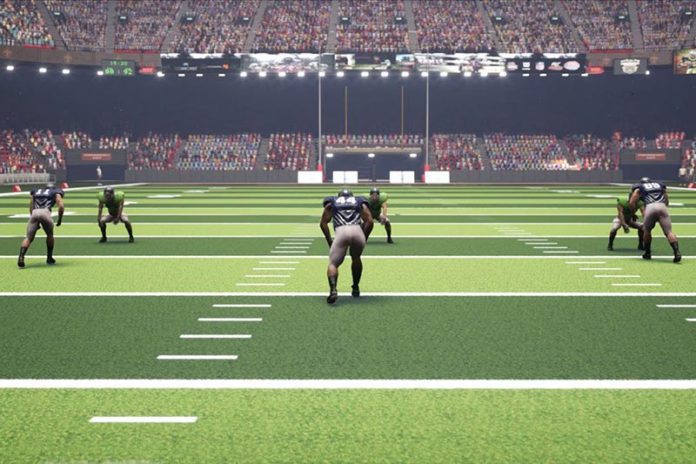5G is the new standard of mobile broadband that is going to change live sports as we know it. Everything about how we interact with our phones will change with it, but live sports will see an incredible shift in the form of immersive VR.
For the past year, we’ve focused a lot on how VR is used as a means to broadcast sports. This year’s Olympics gave us a taste of what is possible with live streaming and rewind functionality for users attending the venue. Faster network speeds made it possible to view the game at angles never before captured.
That’s the promise Verizon and Ericsson are making with their 5G deployment. Focusing on providing the viewer and the player with the crispest and immersive experience possible, 5G will change everything about the game of football. From the equipment players wear on the field to the way we study and view the game, football is getting a beastly overhaul with 5G.
5G and Football
There are existing tech demos out there of throwing and catching a ball in real time, but it’s very different to do it in a stadium full of people. We’re not there yet, but Ericsson’s demo shows how 5G will rapidly relay signals across different terminals near the stadium. Players wear a visor and get true 1:1 vision with minimal lag. They can throw and catch a football with ease, run drills, and plays, and it all feels very natural.
But there’s a hidden benefit that could influence sports leagues as well: real-time statistics. STRIVR captures data off the field, so players can run through a simulation and learn how to react under certain conditions without overextending the body.
With 5G, a player could run the same drill he ran in VR on the field. The additional analytics of the real-life performance would better inform the back office how well simulations are functioning and where there is still room for improvement.
It’s not likely we’ll see these headsets on the field anytime soon, but anything is possible. The implications for broadcast are extensive. Will players wear goggles or 360 cameras? It’s hard to say. The rules of the game will need to change to accommodate this new technology.
In essence, 5G has potential to completely disrupt sports.
Personalized Broadcasting
One overlooked aspect of this new technology is how broadcasters will need to shift their behavior. NextVR already offers broadcasters that are watching the game in VR and can cue viewers into where to look next. As 5G allows for greater camera angles, broadcasters will have to adapt to what the viewer may be looking at.
Shifting the camera on an automated platform or controlled by the broadcaster is also not the ideal usage of VR. Sure, it helps build the narrative, but users want to explore the game. For VR to truly thrive in 5G, broadcasters will need to take an educational approach to their work.
The upshot of this is that viewers will be better informed about sports because they’ll have access to deeper analytics and stat collection as wearables become a part of gameplay.
Final Thoughts
5G is in its infancy and it’s difficult to guess where VR technology will go from here. Will visors ever become an accepted part of major league play in any sports league? If they’re built with safety in mind, maybe. The extra equipment would definitely affect athletes, and in turn, fundamentally change the game. Could fans and players find more immersive experiences through the limited deployment of this technology? Absolutely.
Athletes in extreme sports have also been obsessing with the idea of putting the viewer in their shoes for quite some time. GoPro and its ilk built an entire market on providing first-hand experiences that are recorded in super high definition. Adding the ability to stream, rewind and alter viewing angles in real time are the next logical step.
Speaking of extreme sports, I’d like to close with this footage of an Indianapolis racer driving with blacked out windows. Harrowing stuff!


